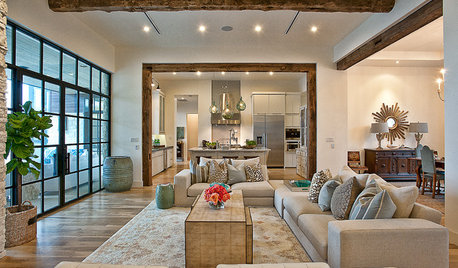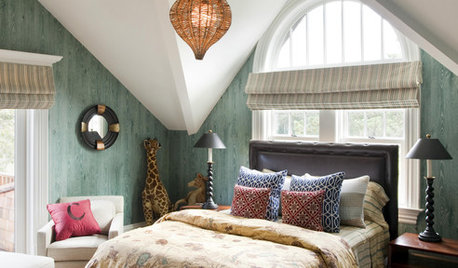first bonsai--cultural advise needed
dvdNJ
19 years ago
Related Stories

ARTThe Beauty of Bonsai — Living Art, Rooted in Harmony
Create your own emblem of nature's balance with an art form dating back 1,000 years
Full Story
HOUSEKEEPINGWhen You Need Real Housekeeping Help
Which is scarier, Lifetime's 'Devious Maids' show or that area behind the toilet? If the toilet wins, you'll need these tips
Full Story
WORKING WITH PROSWorking With Pros: When You Just Need a Little Design Guidance
Save money with a design consultation for the big picture or specific details
Full Story
WORKING WITH PROSWhat Do Landscape Architects Do?
There are many misconceptions about what landscape architects do. Learn what they bring to a project
Full Story
WORKING WITH PROSHow to Hire the Right Architect
Your perfect match is out there. Here’s how to find good candidates — and what to ask at that first interview
Full Story
DECORATING GUIDESHow to Lay Out a Master Bedroom for Serenity
Promote relaxation where you need it most with this pro advice for arranging your master bedroom furniture
Full Story
ENTERTAININGHouzz Guide: How to Set a Table
Here’s everything you need to know to prep your table for a get-together
Full Story
KITCHEN DESIGN9 Questions to Ask When Planning a Kitchen Pantry
Avoid blunders and get the storage space and layout you need by asking these questions before you begin
Full Story
BATHROOM VANITIESHow to Pick Out a Bathroom Vanity
Choose the right materials, style and size for a vanity that fits your bathroom and works for your needs
Full Story
CURB APPEAL7 Questions to Help You Pick the Right Front-Yard Fence
Get over the hurdle of choosing a fence design by considering your needs, your home’s architecture and more
Full StorySponsored
More Discussions





nixtrix
lucy
Related Discussions
First time hobby farm owner needs advise what equipment to have.
Q
first time Green Bean advise wanted
Q
Please advise: First attempt at cutting propogation in zone 7!
Q
First time Topiary builder here..need advise
Q
Gandalf_75
dvdNJOriginal Author
mark_rockwell
dvdNJOriginal Author
Gandalf_75
stumpdigger
mark_rockwell
zube100
Gandalf_75
mark_rockwell
mrgreengenes
Gandalf_75
mrgreengenes
zube100
Gandalf_75
mrgreengenes
zube100
Gandalf_75
Emperor__Fish
mark_rockwell
mark_rockwell
Gandalf_75
dvdNJOriginal Author
zube100
stumpdigger
mark_rockwell
nixtrix
mayhr